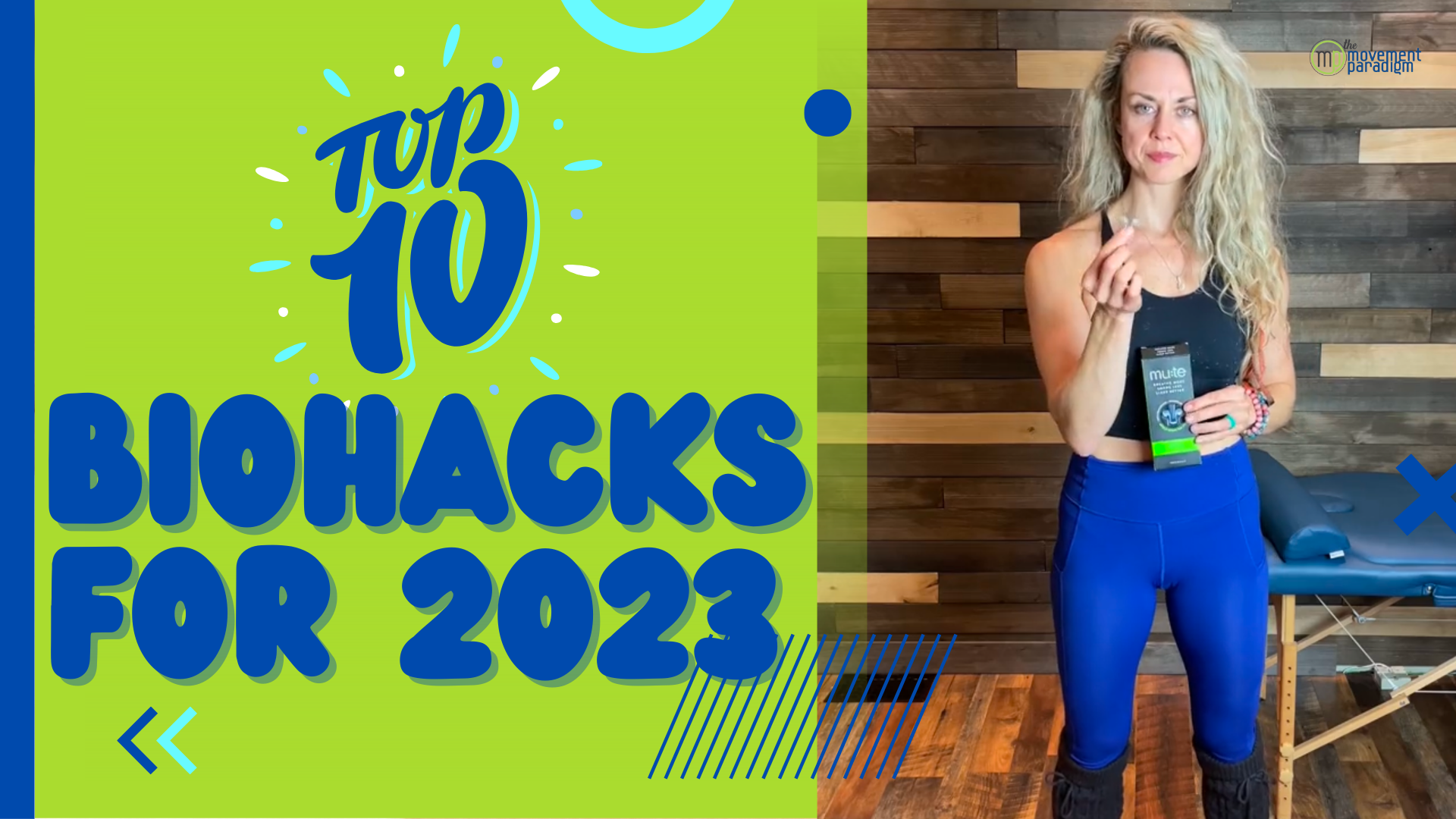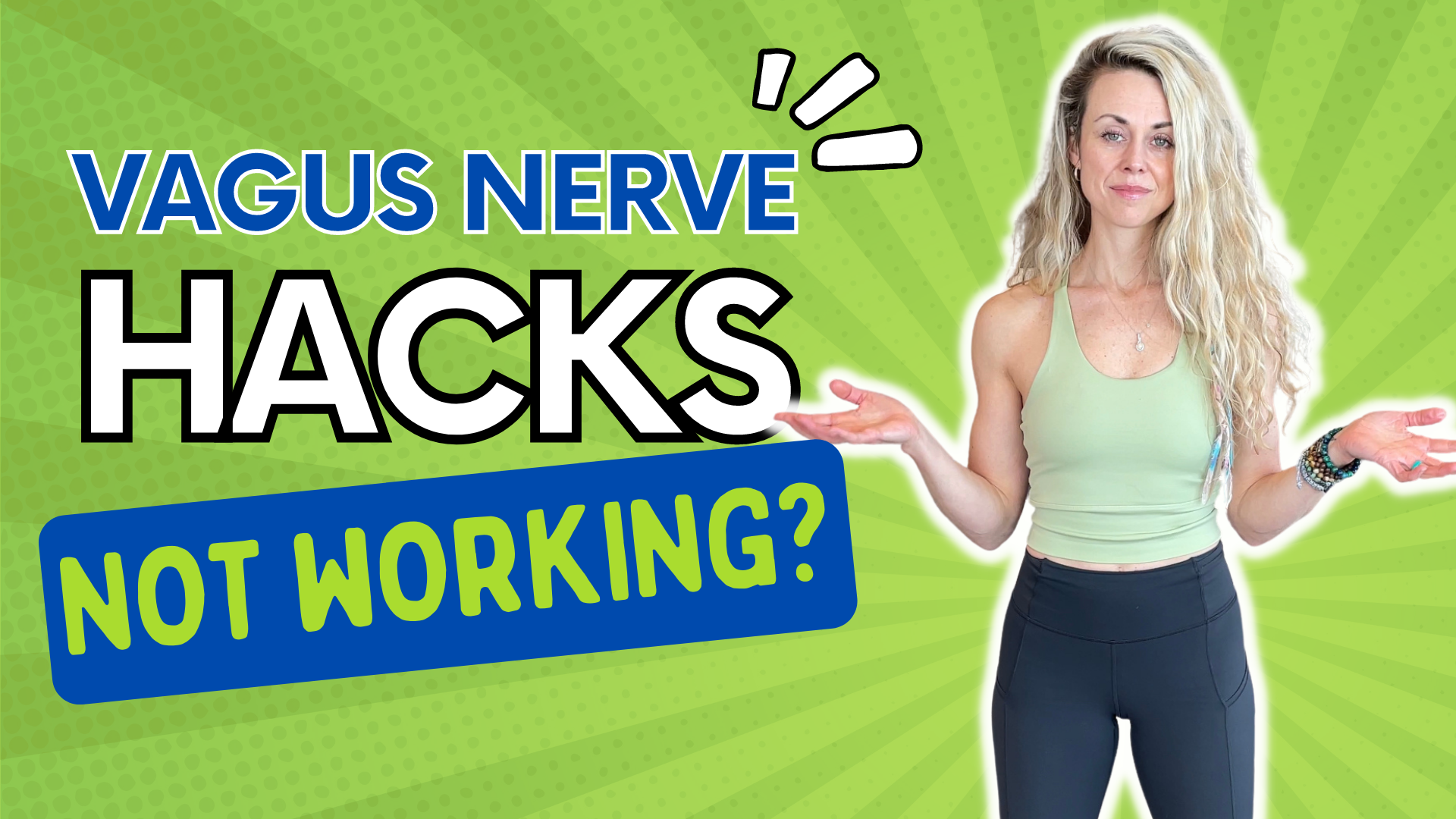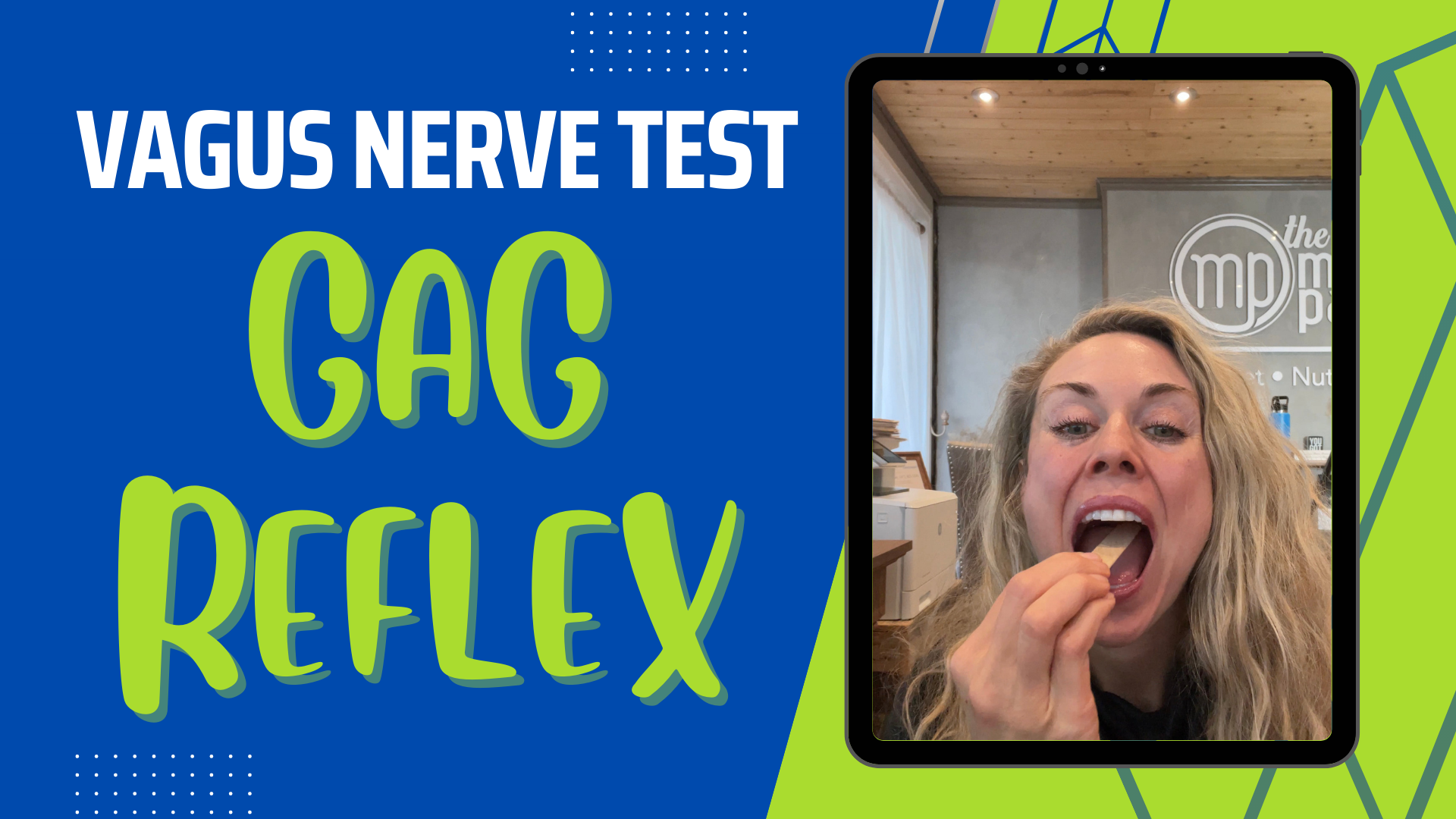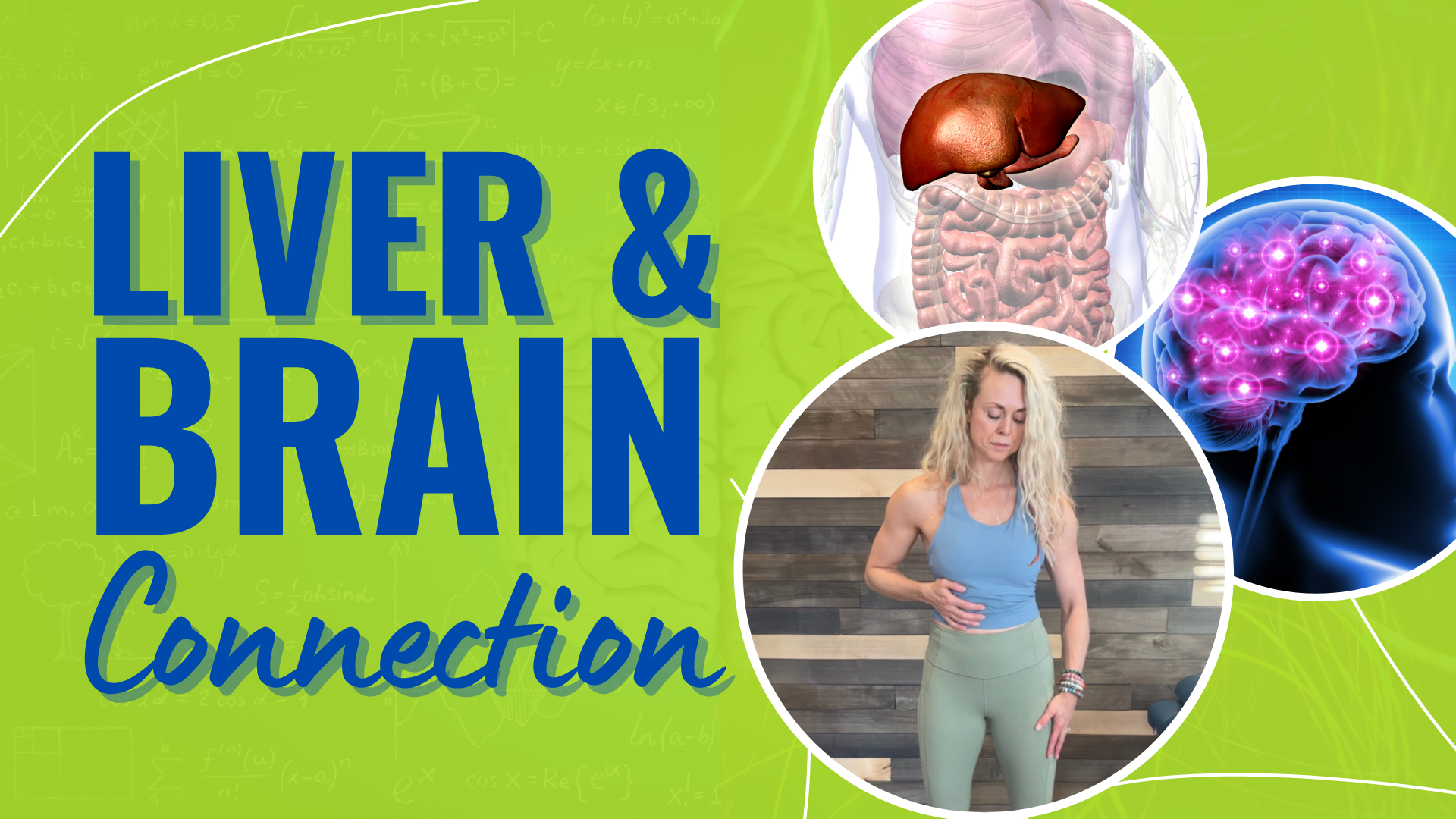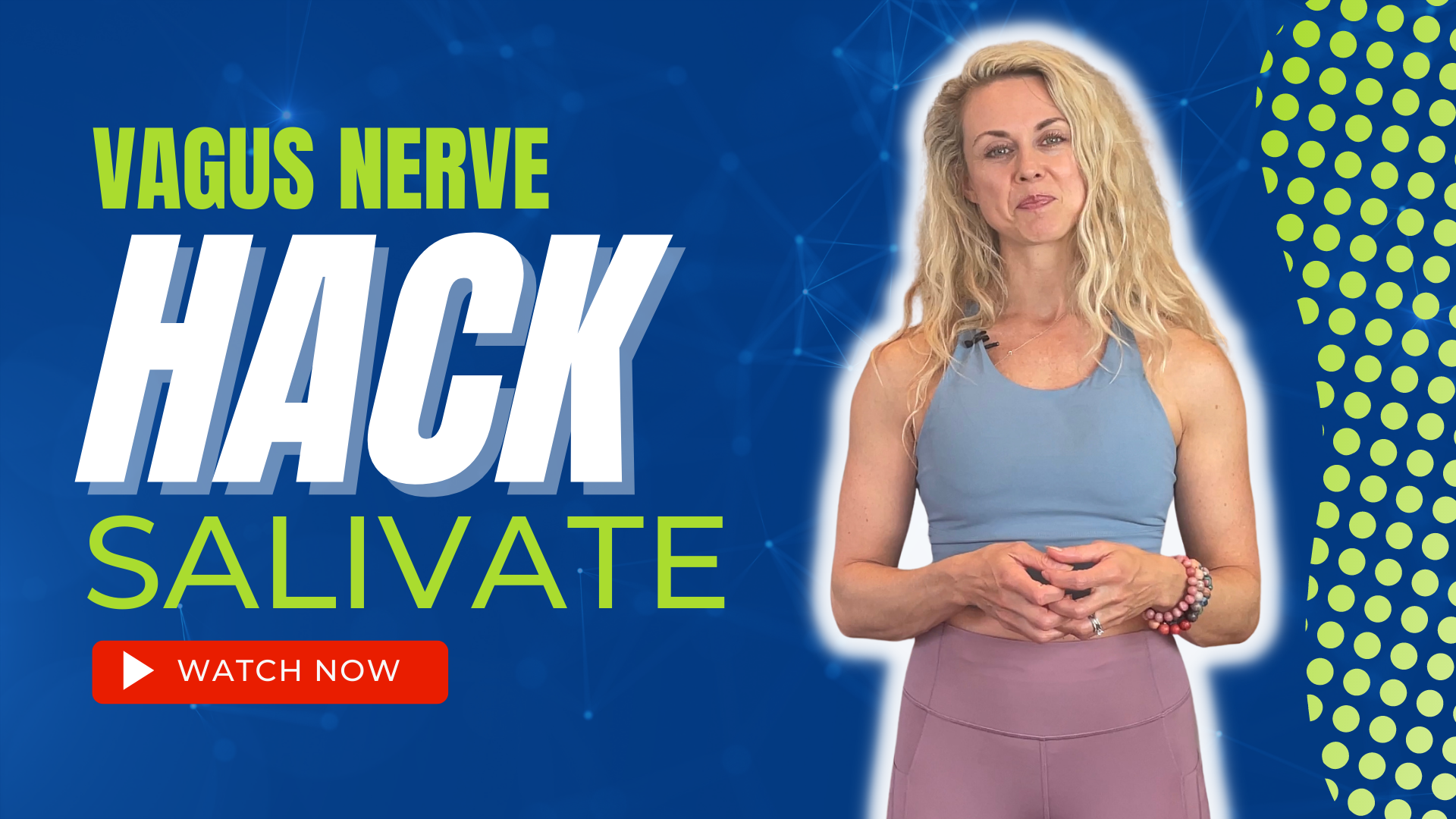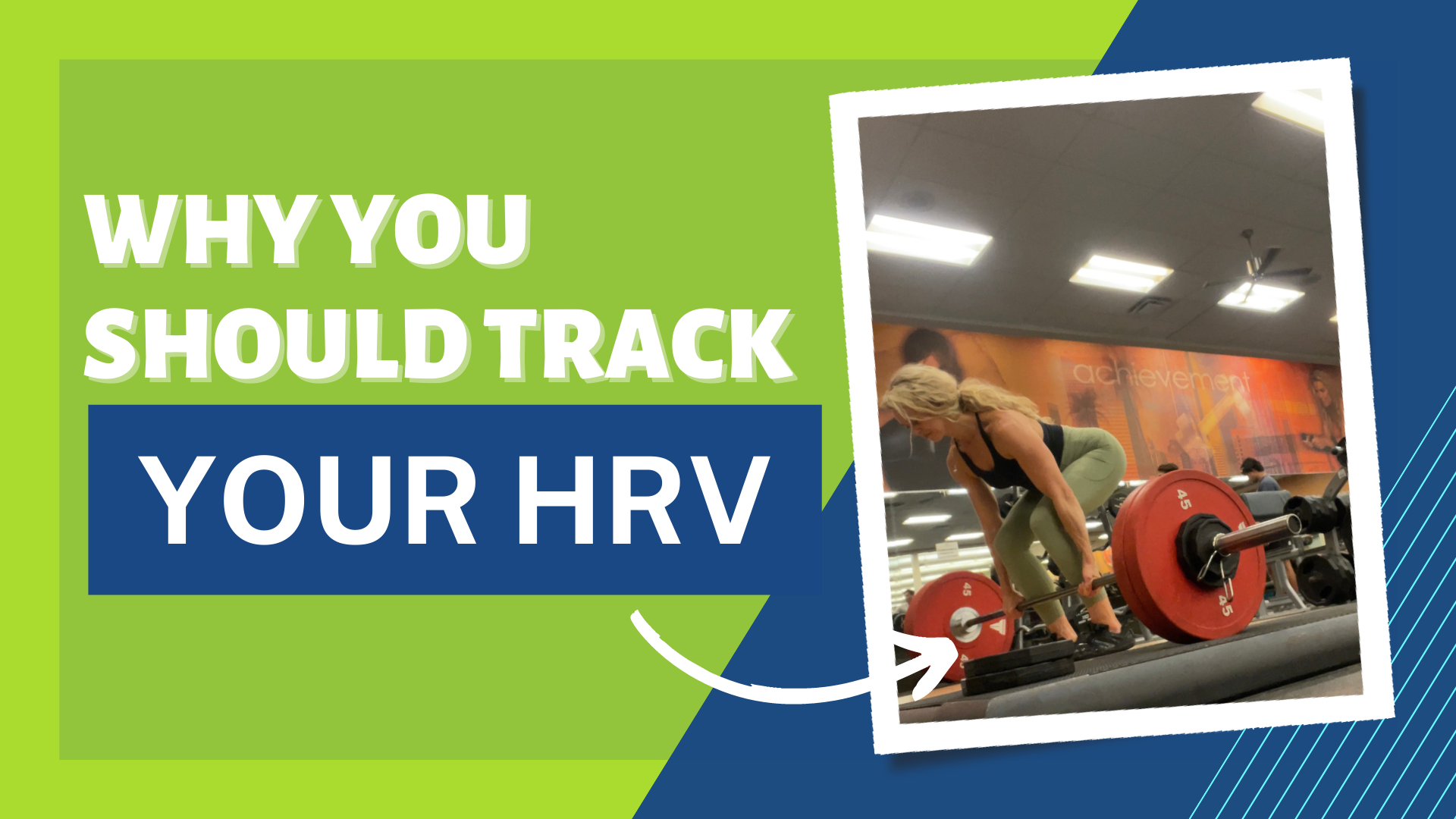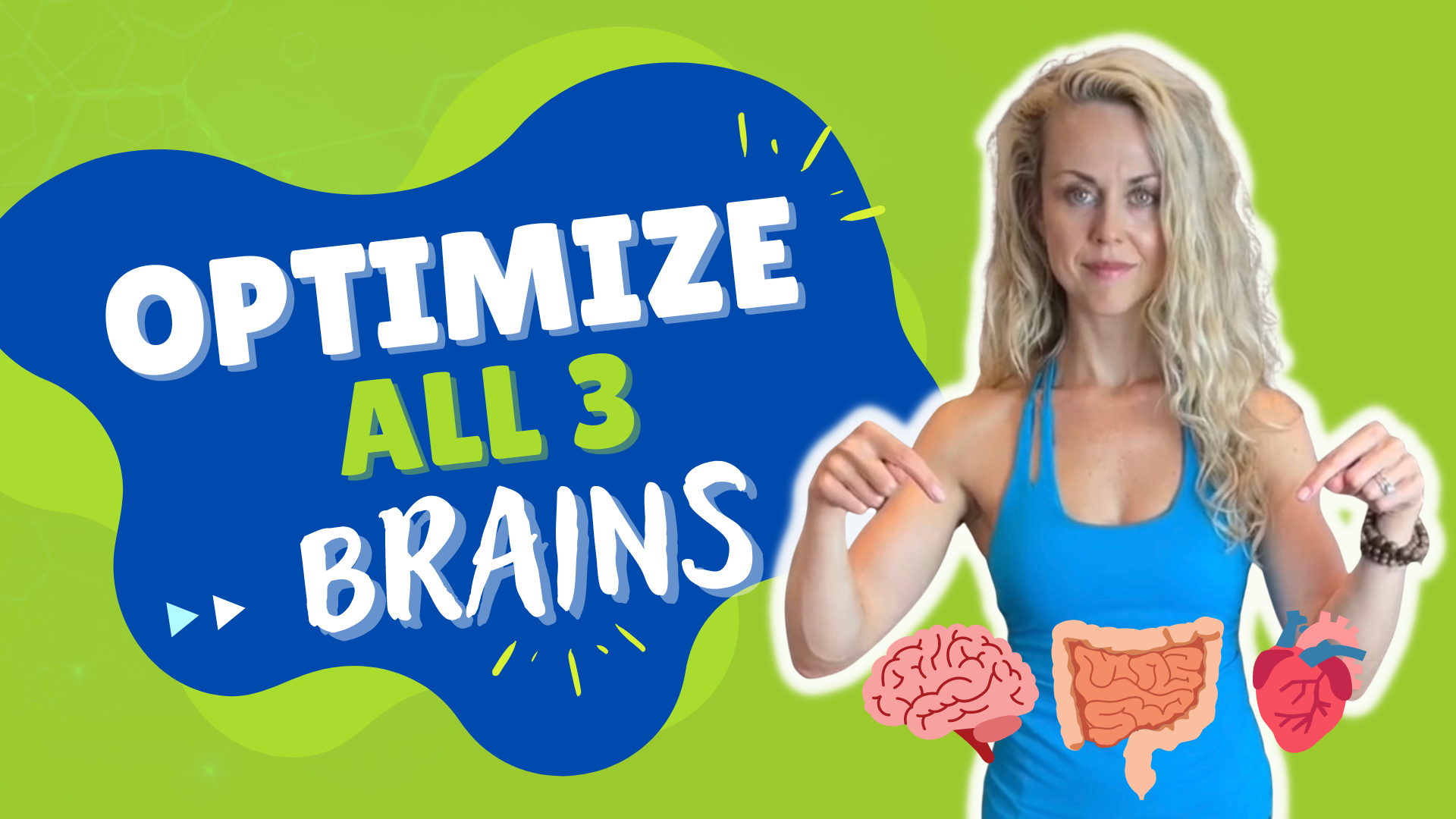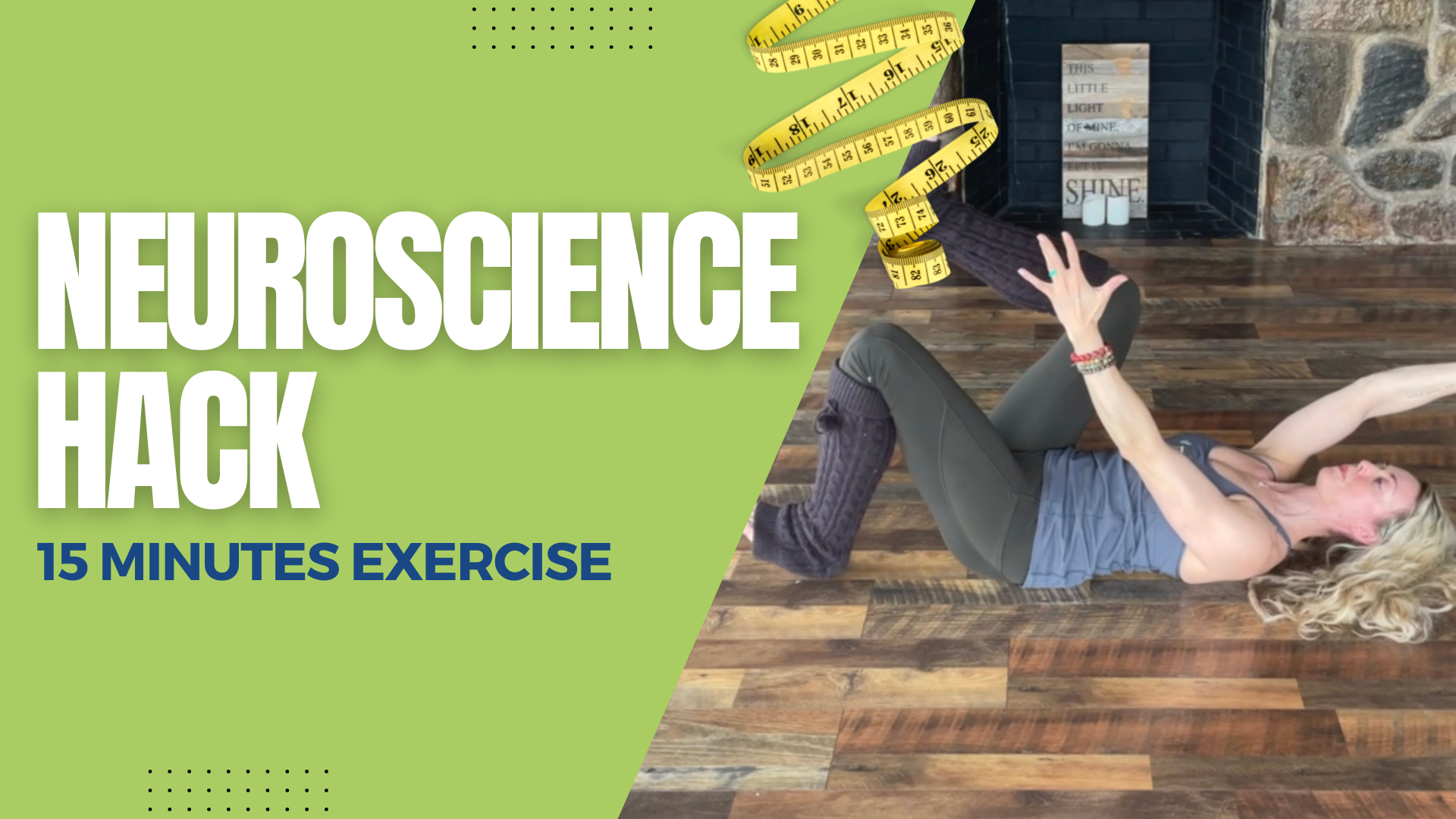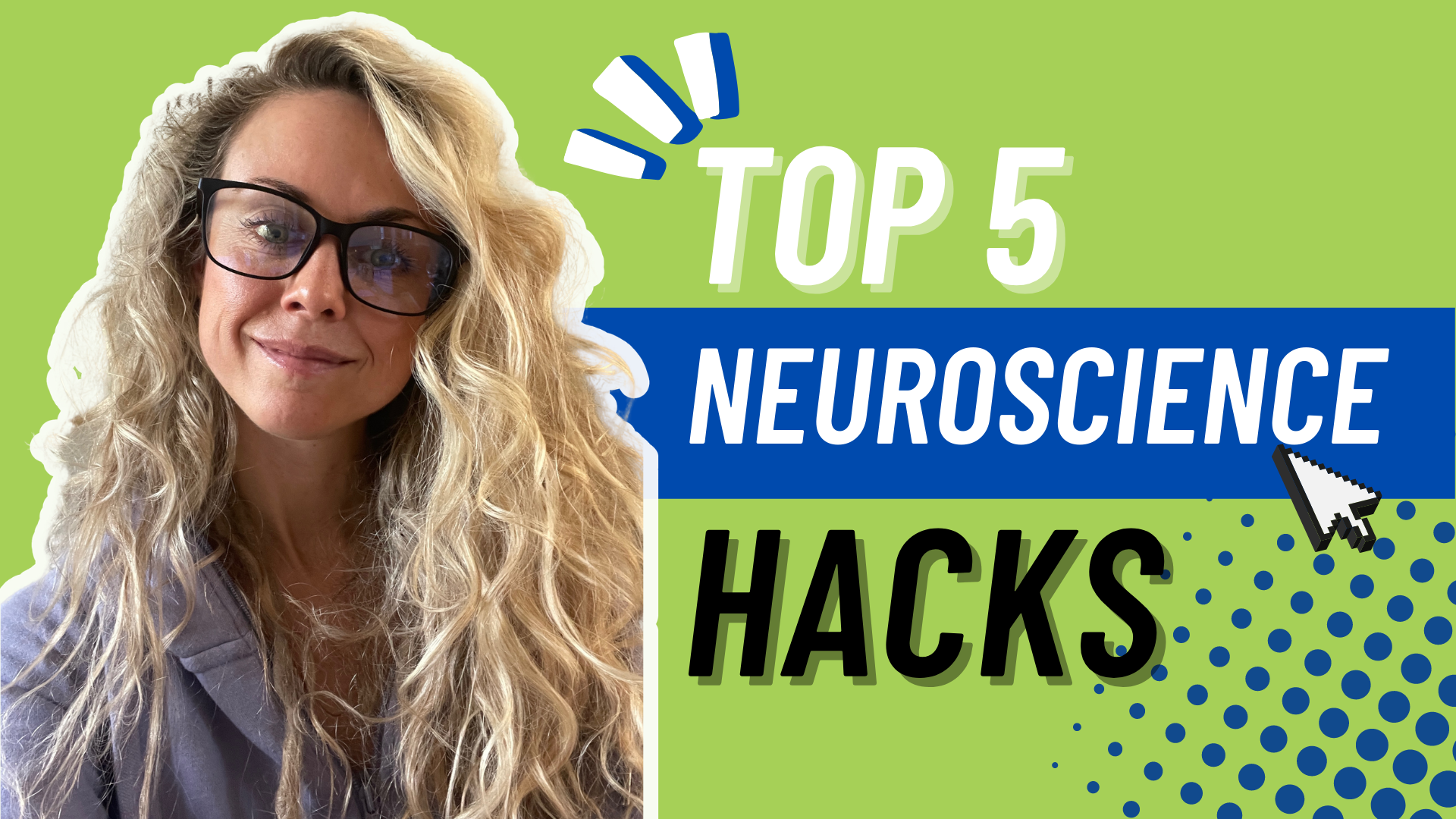Biohacking is all the rage right now. But what’s it really about? Essentially, biohackers are people who are interested in the best ways to live healthier, happier, and more productive and purposeful lives.
Here are ten of my favorite biohacks that you should consider using for the new year 2023 to help you gain greater health, vitality, longevity, and well-being.
Rather watch or listen?
If you’ve watched my videos, you know that these are some of my favorite things, but not only are they my favorites, these are things that are evidence-based and proven over and over again to be effective for your overall mental, emotional, and physical health and longevity.
So yes, you may want to look better and feel better, but ultimately you want to be able to do the things in your life that you want to do, right? You don’t want to be held back, and therefore, we cannot take our health for granted. All of the things that I’m going to mention today are so easy to integrate that there’s really no excuse not to do them.
I’m not asking to spend hours a day, rather, focus on these simple strategies that you can easily integrate into your life and make huge improvements in your health.
10 biohacks you should try this 2023
1. Track your heart rate variability
Track your heart rate variability. Essentially, this you’re tracking your vagal tone. There are many options: Whoop, Oura, Fitbit, or an Apple Watch, just to name a few.
One of my favorites is the app Elite HRV, which I use along with a chest monitor. When you wake up in the morning, you can assess your heart rate variability, resting heart rate, and readiness for the day. This allows you to make very intentional changes in your life. Did I sleep well? Did I eat well? How much stress am I under? You can track the trends of your overall health and how it is affecting your resiliency day to day. This is one of the best objective measures that we can use to assess vagal tone, track your overall health, and be able to ultimately make changes accordingly.
2. Optimizing your sleep
Sleep should be a non-negotiable, but I’m going to give you my quick tips for optimizing your sleep.
- Number one, get blue light blockers. You want to wear them after 7 PM because, realistically, you’re going to be using your phone or your TV, so get blue light blockers to eliminate the blue light at night. The blue light is ultimately stimulating the receptors in your eye to signal that it is morning.
- Number two, when you wake up in the morning, you either want to get 20 minutes of natural sunlight within the first 20 minutes or if you can’t do that and that’s not realistic, get a SAD light that has at least 10,000 lux and set it up as you’re getting ready in the morning or brushing your teeth. You want to optimize your natural cortisol peak in the morning and, ultimately, your melatonin production that night.
This is really important for sleep optimization, and of course, there are many other sleep tips, but these are critical.
3. Vagus nerve stimulation
When it comes to vagus nerve stimulation, you can look at all of my different videos. I have over 50 different vagus nerve exercises, but I will perhaps come back to my favorite — the one and only diaphragmatic breathing.
When we are breathing diaphragmatically, we are stimulating the vagus nerve. The vagus nerve runs right through the diaphragm, and we release a neurotransmitter called acetylcholine, creating a relaxation response.
You can tap into breathing anywhere, anytime, and for most people, it is a very effective tool in regulating your nervous system. However, please check out all my other videos on vagus nerve exercises because there are countless exercises that you can do that are extremely effective. Nonetheless, you want to think about how you can regulate your nervous system in the New Year.
4. Lymphatic drainage
This is one of the easiest things you can do because you can basically do it anywhere, including in the shower. You can do it right before or after you get out of the shower. It’s such a gentle and quick technique.
You can check my other lymph blogs or videos for more specific details on how to do that.
5. Strength training
This is something that I will say repeatedly; strength training is the best aging-gracefully strategy you can do. We want to think about how our muscles are influencing our longevity because as we get older, we lose muscle mass; that’s called sarcopenia.
Strength training and optimal protein intake are what allows us to maintain that muscle mass, optimize bone density, and be able to generate force, and adapt to life’s demands without injury. It is one of the most important things that I suggest and doing so in a safe program that includes mobility, strength, and stability all wrapped up in one so it doesn’t take a lot of extra time.
6. Walking
Walking always gets overlooked. It is one of the best forms of exercise that we can do. It is a low-intensity exercise that is great for fat loss, aerobic capacity, and emotional regulation because of its rhythmical nature. It’s what we’re designed to do from a movement perspective.
Work towards a movement mindset. Figure out how many steps you’re taking a day right now. Get your baseline and try to work towards getting 8,000–10,000 steps a day.
If you’re working out of the gym in between sets, take a few laps. If you are parking at the grocery store, park farther away. There are many ways to increase your steps, movement, and overall activity and stimulate your fascial tissue.
There are so many amazing things about walking. It’s often overlooked, but it is one of the most beneficial things you can do for your body.
7. Xlear
This is one of the best things that you can have in your toolbox, especially if you’ve suffered from more immune issues this year. This is such a great preventative and treatment that you could use.
I recommend the Daily Rinse, which you would do twice daily. If you are exposed to someone that’s sick, you’re in larger crowds, or if there’s some for a particular reason why you may need a little bit more of a boost — you’re at an airplane or you get sick, then you want to use the Rescue. Saline alone can actually dry out the nasal cavity so where the xylitol helps to kill bacteria and moisten the nasal passages.
Mutes
I also recommend Mutes. They are fantastic for opening the airway; they can open the airway up to 38 percent to improve nasal breathing, which of course, we know is so important for everything in your body: your core function, nervous system, and your sleep. You can get a trial pack to determine the best size for you.
8. Naboso
Naboso is a specific technology designed to stimulate the small nerves in your hands and feet. It helps to improve balance, gait, and movement efficiency. We need sensory information to create optimal movement.
You can use the ball, the splay, recovery socks, or the mats. I highly recommend this, so please make sure you incorporate this into your life so that you can enjoy improved movement.
9. Protein
I talk about this all the time, but it is so important to have the optimal amount of protein per day, to increase muscle mass, prevent sarcopenia, help with bone density, and help with lean body composition.
We want lean muscle versus increased fat tissue because fat tissue is actually inflammatory. Almost every patient I’ve ever worked with is undereating protein.
We want to think about getting that protein from ethically sourced animal sources that contain all of your essential amino acids. To calculate your protein goal on your own, you would use your ideal body weight.
- For women, the ideal body weight is a hundred pounds for the first five feet and five pounds per every inch after that. So if you were 5’3”, it would be 115 pounds. (115 g Protein/day)
- For men, it’s 106 pounds for the first five feet and six pounds per inch after that. So, if you were 5’10” as a male, your ideal body weight would be 166. (166 g Protein/day)
This will vary among people depending on their goals and their activity, but this is a really good start.
10. 1st Phorm Micro Factor
Most often, of course, people need supplementation because we’re not getting the nutrients from our food as we once did. Additionally, most people aren’t consuming all the nutrients they need on a regular basis.
So Micro Factor has been awesome for me and for my patients. Essentially, it has a multivitamin, antioxidant, CoQ10, fruits and vegetables, essential fatty acids, and probiotics, and it comes in a handy little packet. It makes it easy to travel and to be able to grab everything you need without having tons of bottles of supplements.
This can be a great addition to your routine. If this is appropriate, sometimes I have people take the probiotic out if they’re having certain gut issues, and they might have to use a specific probiotic strain, but if you’re just looking for general wellness and health, this is a great pick. You can check it out here.
I hope you found at least one tip that you can apply in the New Year.
Follow us at The Movement Paradigm for weekly tips on mindset, nutrition, and movement.
Other things that might interest you:

